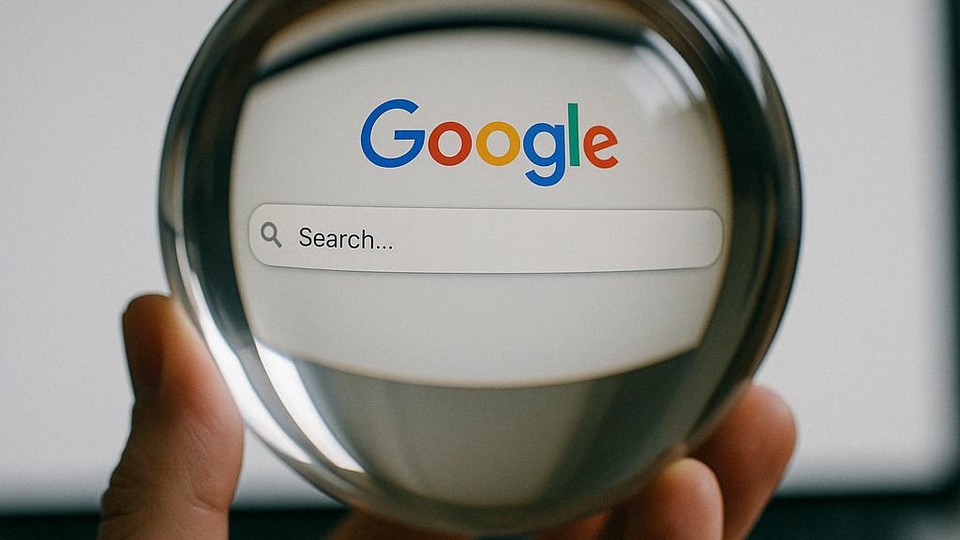
Borrowing on Innovation
What kinds of patents tend to be accepted as collateral?
Based on research by Yan Anthea Zhang, Zhuo Emma Chen (American University) and Yuandi Wang (Sichuan University)
Lenders favor patents tied to recent inventions because they build on the latest technology trends and are less likely to become obsolete, making them more transferable to other firms in the future.
Key findings:
- Patents are increasingly used as collateral in the debt market.
- Patents that are based upon new – but not too new – prior inventions are the best collateral because they have proven to be commercially viable and are less likely to become obsolete.
- Lenders consider a firm’s technological expertise when evaluating patents.
For companies and leaders, patents represent important assets. They’re a marker of innovation and tech development. But patents do so much more than protect intellectual property. Firms increasingly deploy them as collateral to secure loans. Between 1995 and 2013, the number of patents pledged as loan collateral increased from about 10,000 to nearly 50,000. Forty percent of U.S. patenting firms have used patents as collateral.
However, patents are intangible assets, and their liquidity and liquidation value are difficult to assess. To evaluate an individual patent, lenders must consider the invention space to which the patent belongs. A patent’s linkage to prior inventions can provide important information for lenders, as the linkage affects the extent to which the patent under consideration may be redeployed and potentially purchased by other firms in the case of loan default.
Rice Business professor Yan Anthea Zhang examined more closely how this market operates and how both lenders and borrowers can make more informed decisions on which patents make appealing collateral. In their paper, “Which patents to use as loan collateral? The role of newness of patents' external technology linkage,” Zhang, who specializes in strategic management, and her co-authors studied the data on 107,180 U.S. semiconductor patents owned by 436 U.S. firms. The team focused on semiconductor patents because the semiconductor industry involves intensive innovation, which leads to many patent applications and grants. The market for semiconductor patents is an active and well-functioning market, given specialization in different stages of the innovation process and the growing technological market. Information on whether a patent was used as loan collateral came from the USPTO Patent Assignments Database.
Zhang and her colleagues argue that lenders prefer patents linked to prior inventions that are relatively new because these patents are riding on recent technology waves and are less likely to become obsolete. As a result, such patents are likely to remain deployable to other firms in the future. However, patents that are based upon too new prior inventions might not prove to be commercially viable and carry higher risk for lenders.
As a result of this research, Zhang and her colleagues found an inverted U-shape relationship to demonstrate the likelihood that a patent will be used as loan collateral. On one end, patents based upon the newest prior inventions, on the other, patents based upon mature prior inventions. The curve of the U-shape represents the sweet spot for patent collateral—the patents’ technological base is new enough to be relevant and competitive with other firms in its invention space, but not so new that it has yet to prove market success.
Zhang’s team also found that the impact of external linkage also varies depending on borrower attributes, especially the borrowers’ expertise in the invention space. If a borrower is a technological leader in the invention space, the market tends to give the borrower credit, and as a result, even if its patents are based upon very new prior inventions, its patents are still likely to be accepted as collateral.
Zhang, Chen, and Wang. “Which patents to use as loan collaterals? The role of newness of patents' external technology linkage.” Strategic Management Journal, 42.10 (2021): 1822–1849. https://onlinelibrary.wiley.com/doi/10.1002/smj.3316
Never Miss A Story



